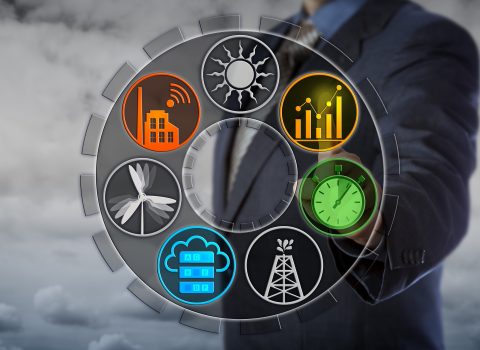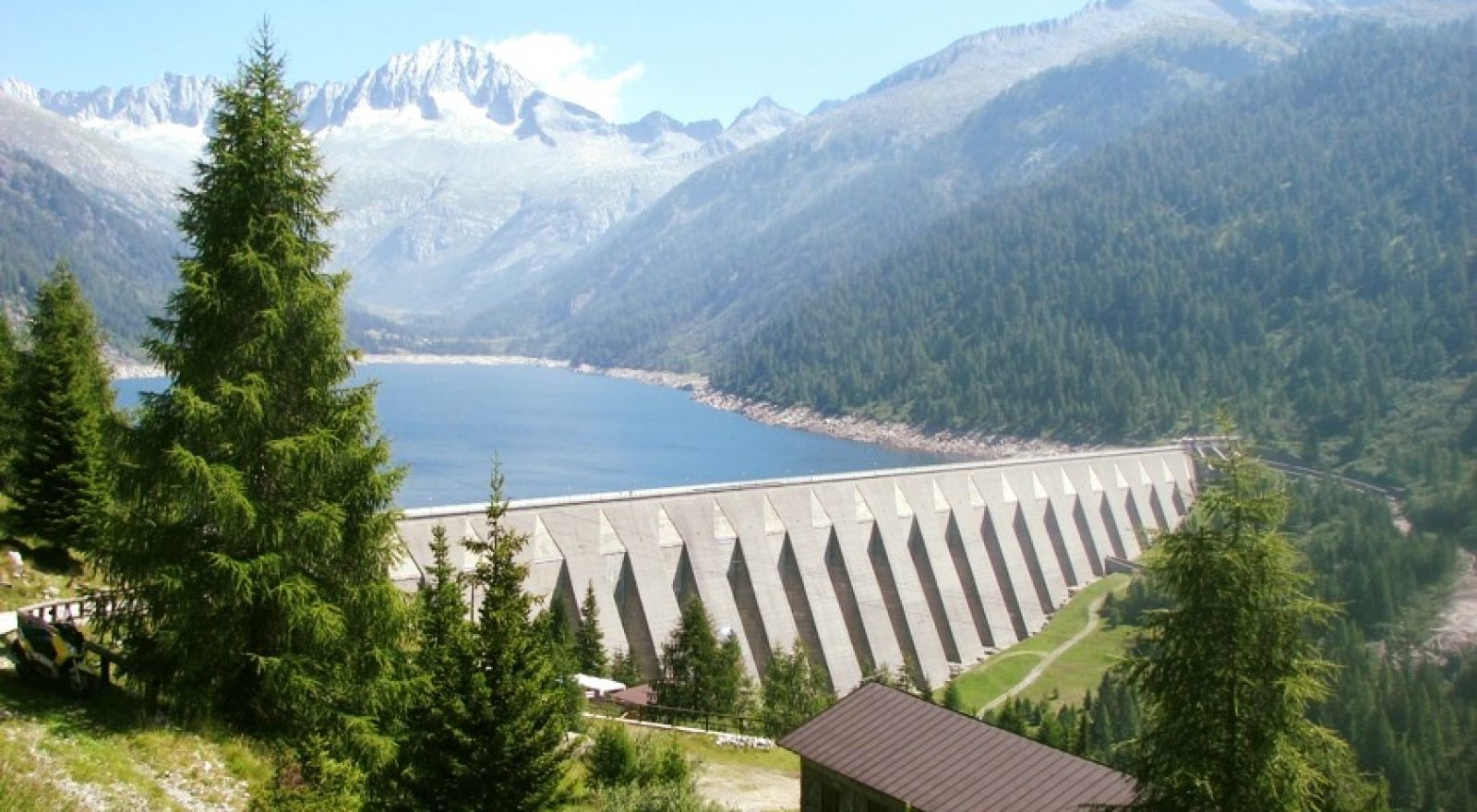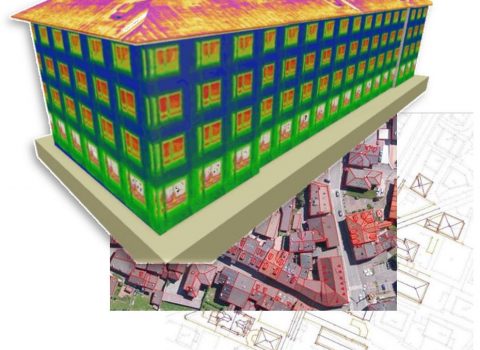
Towards an energy autonomous and zero emission Trentino
The FBK study supporting the new Provincial Environmental Energy Plan has been published in the international journal "Energy"
Since the signing of the Kyoto Protocol (1997), the European Union (EU) has been strongly committed to fighting climate change through the adoption of multiple decarbonization policies. In the intentions of the new European Commission, the Green Deal “will transform the European Union into a fair and prosperous society, with a modern market economy where greenhouse gas emissions will be eliminated. Europe will be the first climate-neutral continent by 2050”.
In the European Union, each Member State is required to contribute to the achievement of the overall targets with their national energy and climate plans. In addition, each region can also play an important role by drafting tailor-made plans, which take into account local energy demands and the availability of renewable sources, as well as the potential for energy efficiency, factoring in the social and economic context.
The Autonomous Province of Trento aims to become the protagonist of this energy transition and since 2018 has set up a special working group composed of the Provincial Agency for Water Resources and Energy (APRIE), the University of Trento, Fondazione Bruno Kessler and Fondazione Edmund Mach, that will draw up a new Provincial Environmental Energy Plan. FBK has coordinated the drafting of the new energy scenarios, aligned with the EU decarbonisation objectives, and with a long time horizon, extended to 2050, necessary to target the investments of the next decade.
The FBK study, recently published in the international journal “Energy”, started with the analysis of current energy flows, comparing them with those of 2016. In 2016, imported energy resources represented the dominant part, with gas at 34,9%, followed by oil products (diesel and gasoline) at 30,3% and electricity imports from the national grid at 0,1%; local resources have currently a minor but still significant role, water (22,6%) and biomass (9,4%) stand out in particular, while solar energy (1,7%) and ambient heat (1,0%) is much lower; renewable energy sources represent 34,8% of the supply of energy carriers. The characteristic element of the Trentino energy system is the large electricity production which exceeds electricity consumption by 65%. Furthermore, 83% of electricity production is provided by renewable sources (primarily hydroelectricity). The situation in the thermal sector, however, is not so positive, where renewable sources are limited to 24% of need, and in the transport sector, at 2%.
The PAT analysis on energy flows made it possible to pin down and quantify strengths and weaknesses. The main strength is undoubtedly the large hydroelectric production which generates a surplus of renewable sources compared to the electricity demand in Trentino. In this context, an overall decarbonization of the Trentino energy system can only be obtained with electrification solutions that make it possible to leverage on Trentino’s “green” electricity also in the thermal (through heat pumps) and transport (through electric mobility) sectors, including some hydrogen production.
The analysis of future scenarios therefore required a model that would integrate the electricity sector with the thermal and transport sectors. Furthermore, the seasonal and daily variability of renewable sources, increasingly protagonists in the energy transition, should not be neglected, under penalty of excessive approximation in the production/consumption matching.
Based on these requests, aimed at developing Smart Energy Systems, FBK used the energy analysis tool called EnergyPLAN. This tool is used by numerous researchers, consultants and policy makers around the world. From an energy point of view, the EnergyPLAN tool is based on an hourly balance between supply and demand, providing not only information on the energy balance (primary sources, renewable energy) but also on the economy (investment costs, operating costs, costs due to energy carriers) and the environment (CO2 emissions). EnergyPLAN provides numerous energy carriers and numerous technology solutions, among which options that are now well known and of interest to the Trentino area were considered. Particular attention was paid to energy efficiency and renewable sources.
Having defined the so-called “2016 Baseline” and the appropriate analysis tool (EnergyPLAN), the development of the decarbonization scenarios considered some other evaluation elements. First of all, the definition of the goals to be achieved in specific time targets; this study outlines two outlooks: alignment with the EU goals in the scenarios called “Low Carbon, LC” (-40% CO2 emissions by 2030 and -80% by 2050), exceeding the EU goals in the scenarios called “Low Carbon plus, LC +” (-50% CO2 emissions by 2030 and -90% by 2050). The study also includes the consideration of numerous temporal trends assessed in the 2016-2050 period: the evolution of local energy demand in the electricity, thermal and transport sectors, the potential for energy efficiency, the potential of renewable technologies, the electrification potential and the use of energy storage (thermal, electric and hydrogen). The modeling analysis was enriched by the last evaluation element, which makes this study particularly innovative, i.e. the search for optimized solutions both from the point of view of emissions and from the point of view of costs, through the integration of the EnergyPLAN tool with Multi-Objective Evolutionary Algorithms (MOEA). The innovative combination of EnergyPLAN with MOEA, developed in Trentino by FBK researchers in collaboration with the University of Aalborg, makes it possible to provide an answer to the question of what is the best technology combination to achieve CO2 targets at the lowest cost.
For each time target (2030 and 2050), 15,000 different technology combinations were assessed and 150 non-dominated solutions were identified, i.e. the optimized scenarios that make it possible to achieve a decarbonization goal at the lowest possible cost. By analyzing the characteristics of the optimized scenarios, researchers identified the degree and temporal evolution of the energy efficiency measures, the integration of renewable sources and electrification (heat pumps, electric vehicles, hydrogen), towards an energetically autonomous and zero-emission Trentino. They also found that, by keeping total costs close to current ones, the future energy system of the Trento Province Government will be able to abandon foreign carriers (oil, gas), keeping costs for energy carriers, labor and technologies in the local area, to the benefit of Trentino-based companies and residents. All of this brings significant benefits to the local economy and workforce. In the total annual cost, the LC/LC+ scenarios reduce the import of energy carriers from 28% with respect to the “2016 Baseline” to 22/18% in 2030 and to 6/4% in 2050.
The results of this study enable the identification of “tailor-made” policies for the Trentino area, which could direct a profound decarbonization, in a moderate (LC) or rapid (LC +) way, towards optimized programs, from a technical, economic and a social point of view.




